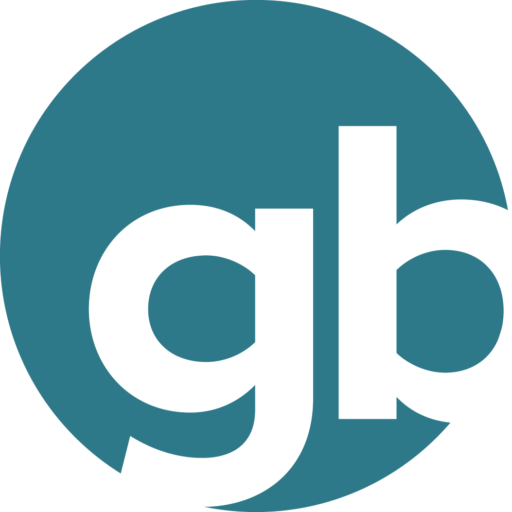Nevertheless, workplace management tools are gaining in popularity.
‘Workplace management is a bit of a catch-all term,’ says Andy Bailey, vice president of enterprise software supplier Attunity. ‘Software is traditionally focused on automation of the structured processes in a business, those day-to-day tasks that might be repeated and are predictable. However, management tends to be involved in more strategic tasks, generally using a hotchpotch of different tools like spreadsheets and email.’
Keeping on top of the decisions taken, the reasons that led to them and the outside factors that could influence them as a project moves forward can be tough – especially if the task in hand lasts for a considerable length of time.
‘One of our clients is a privately owned steel trader, which deals with transactions that can last many months,’ continues Bailey. ‘Various things, such as interest rates or oil prices, can affect the profitability of the deal so the process demands up-to-the minute information to ensure the best outcome. They need to be able to manage the finance and the logistics of the delivery over the long term.’
Workplace management software, he explains, brings all of those things into one suite of applications to run on your Windows desktop or online, drawing the information together for analysis.
Consolidating your systems
Insurance services company Cavell made six acquisitions last year and, as a result, found it was working with a variety of reporting tools across the different parts of the business. Philip Clarke, its IT systems manager, set about consolidating the tools used across the company into one suite of applications.
‘The system that we put in place, called Cognos 8, allowed us to convert data from the old system so you can access it on the intranet from any computer, produce reports, or access client information,’ says Clarke. ‘One of the main benefits of this approach is that we didn’t have to go around installing it on everyone’s machine, which saved time and money.’
Scott Kiehl, head of business intelligence at Inspired Gaming Group, found that to maximise the revenues its gaming machines generate, the company needed an accurate and detailed analysis of each one’s performance.
‘We can produce prompted or scheduled reports from data that doesn’t necessarily all reside in the same place. That data can be collected, analysed and represented so that anyone in the company can access it,’ says Kiehl. ‘We can have extremely detailed information on all aspects of the business and we’re able to produce high-level executive summaries and reviews on performance across the board.’
See also: 30 must-read books on business, technology and productivity, as picked by entrepreneurs






